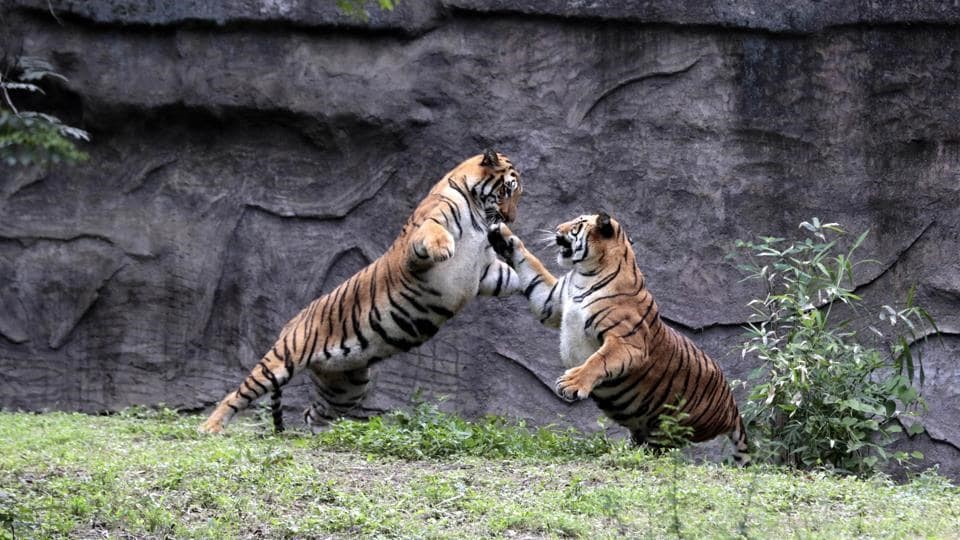Free Courses Sale ends Soon, Get It Now


Free Courses Sale ends Soon, Get It Now



Disclaimer: Copyright infringement not intended.
Context
Who are the Idu Mishmis?
Location
Population
Society, Religion and Culture
Migration
Connection with the forest
Present controversy
Community Conserved Area
About Dibang WLS
Flora
Fauna
About Dibang River
|
PRACTICE QUESTION Q) Which of the following statements with reference to Idu Mishmis is/are correct? a. The Idu-Mishmi society is matriarchal. b. According to Idu mythology, they and tigers were born to the same mother, and thus, tigers are their “elder brothers”. c. Their language is considered endangered by UNESCO.
Answer: Option 2 |
© 2024 iasgyan. All right reserved